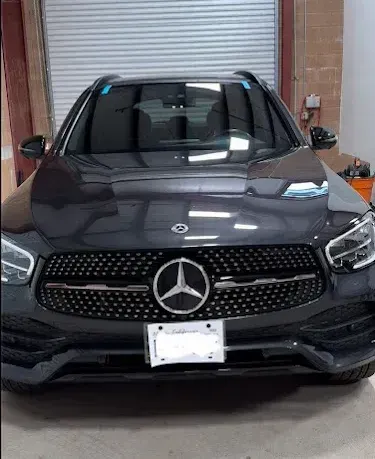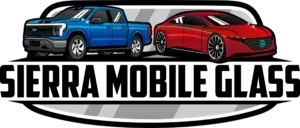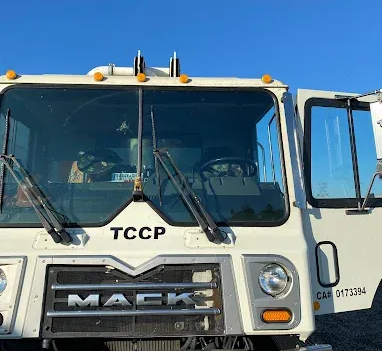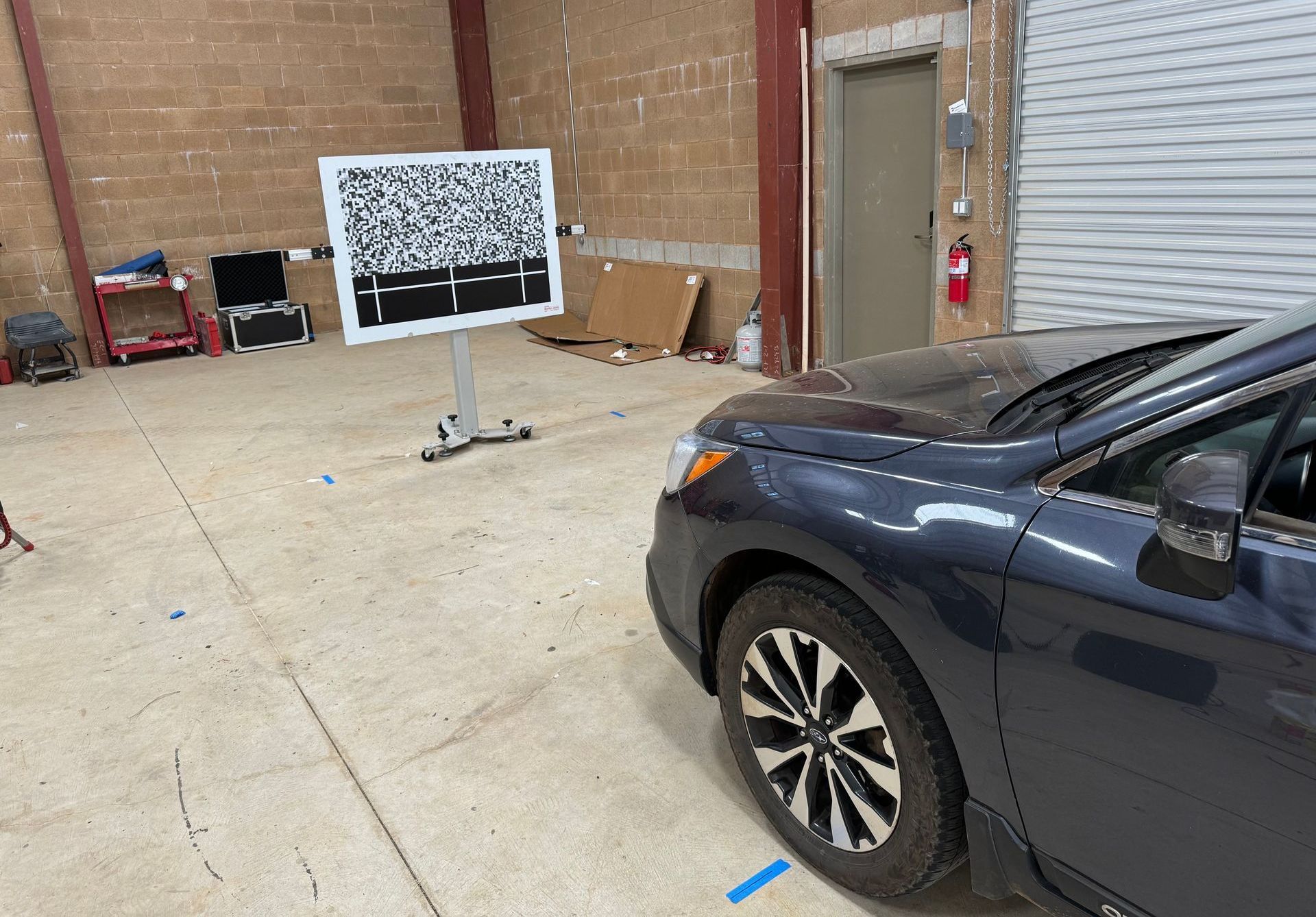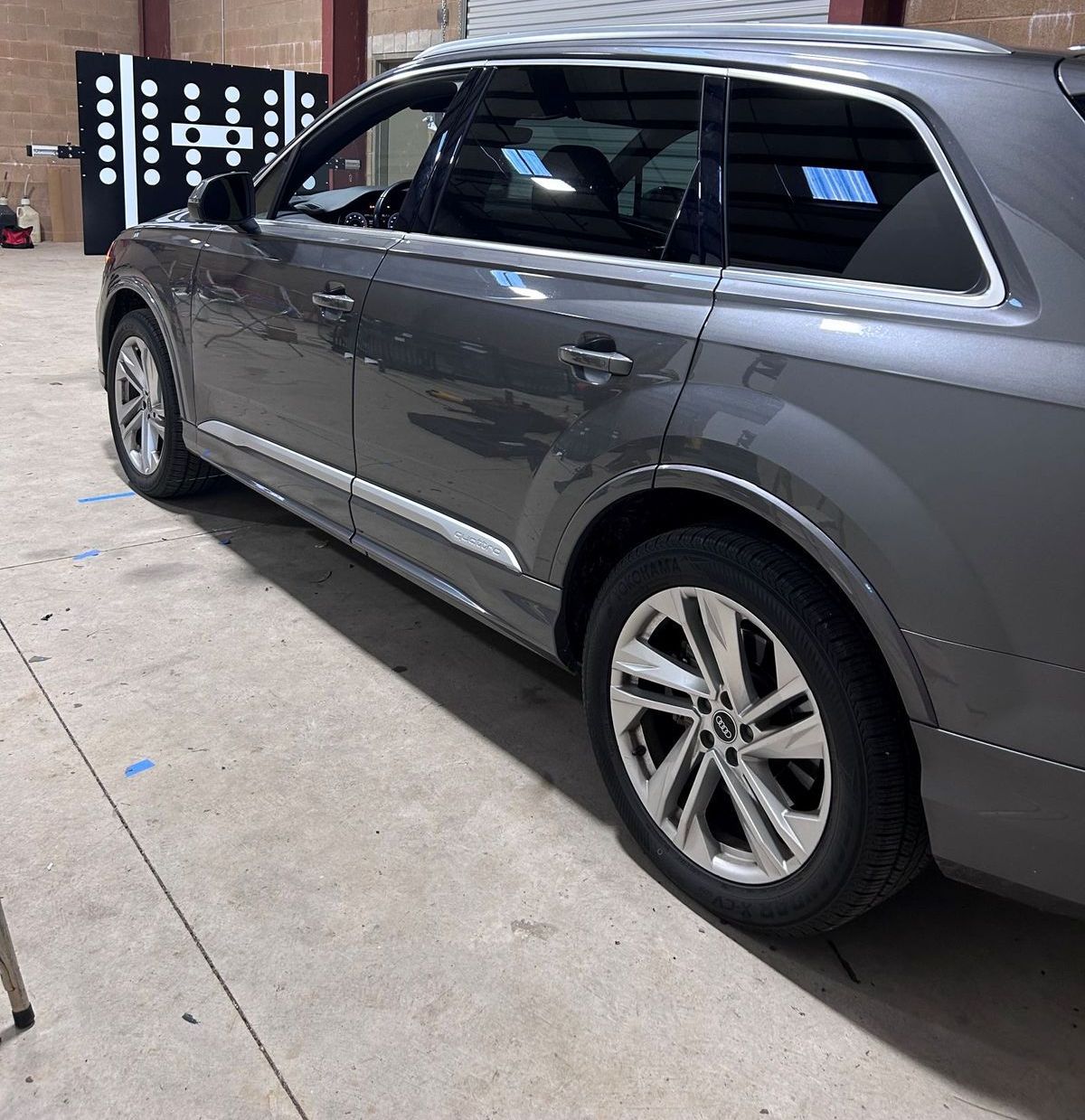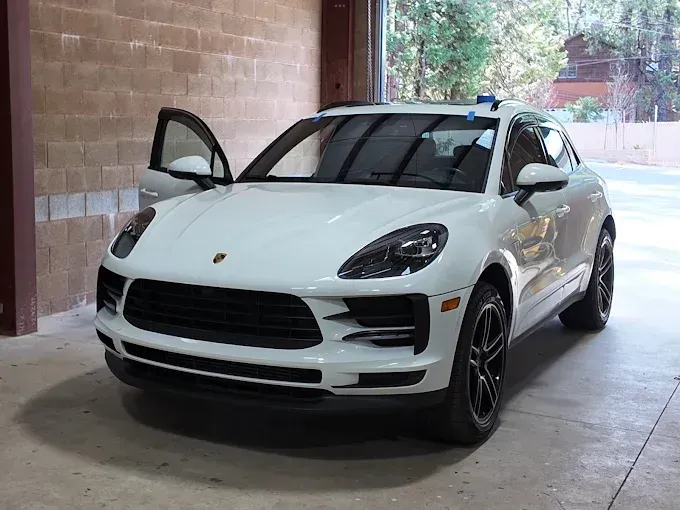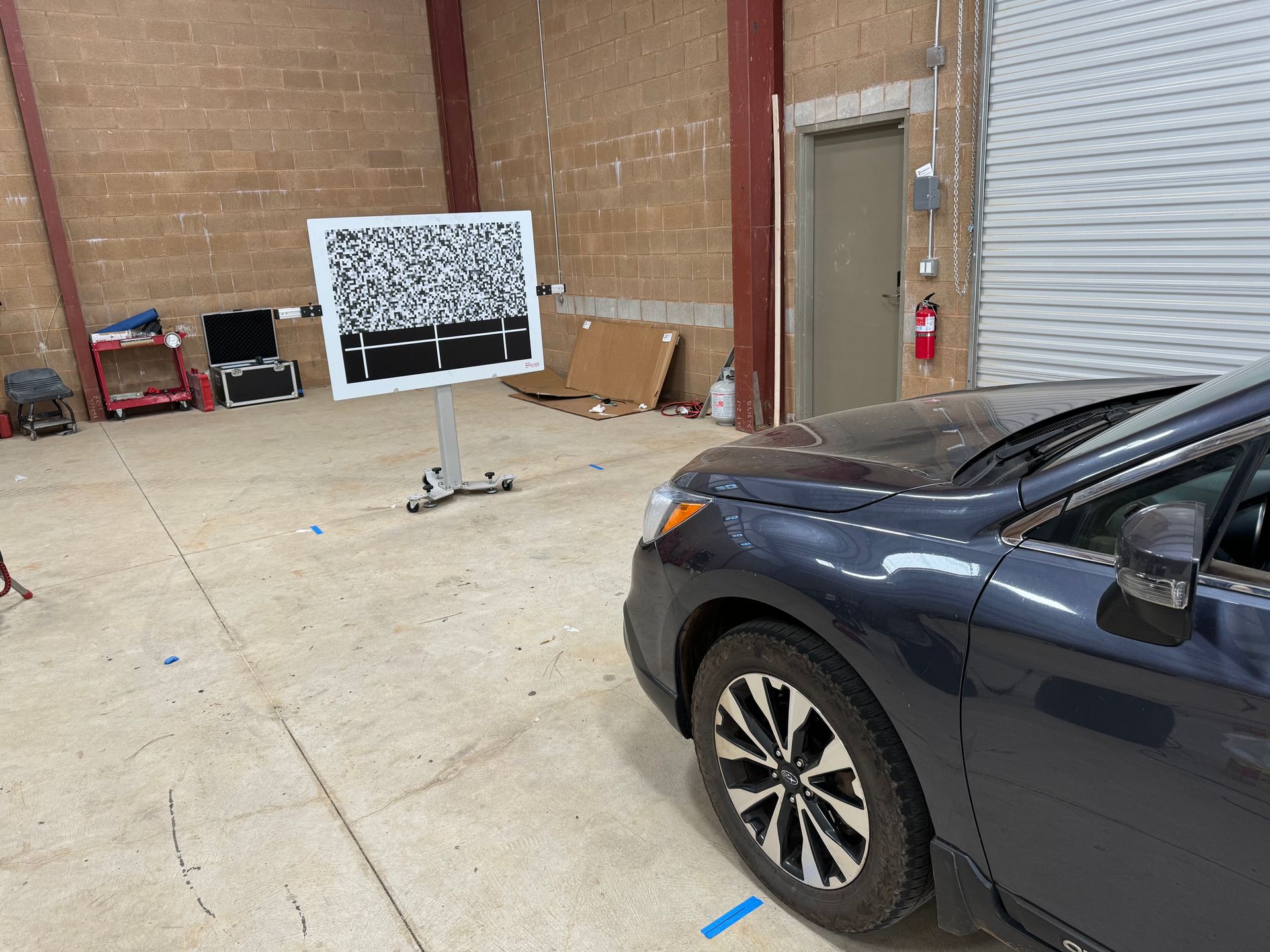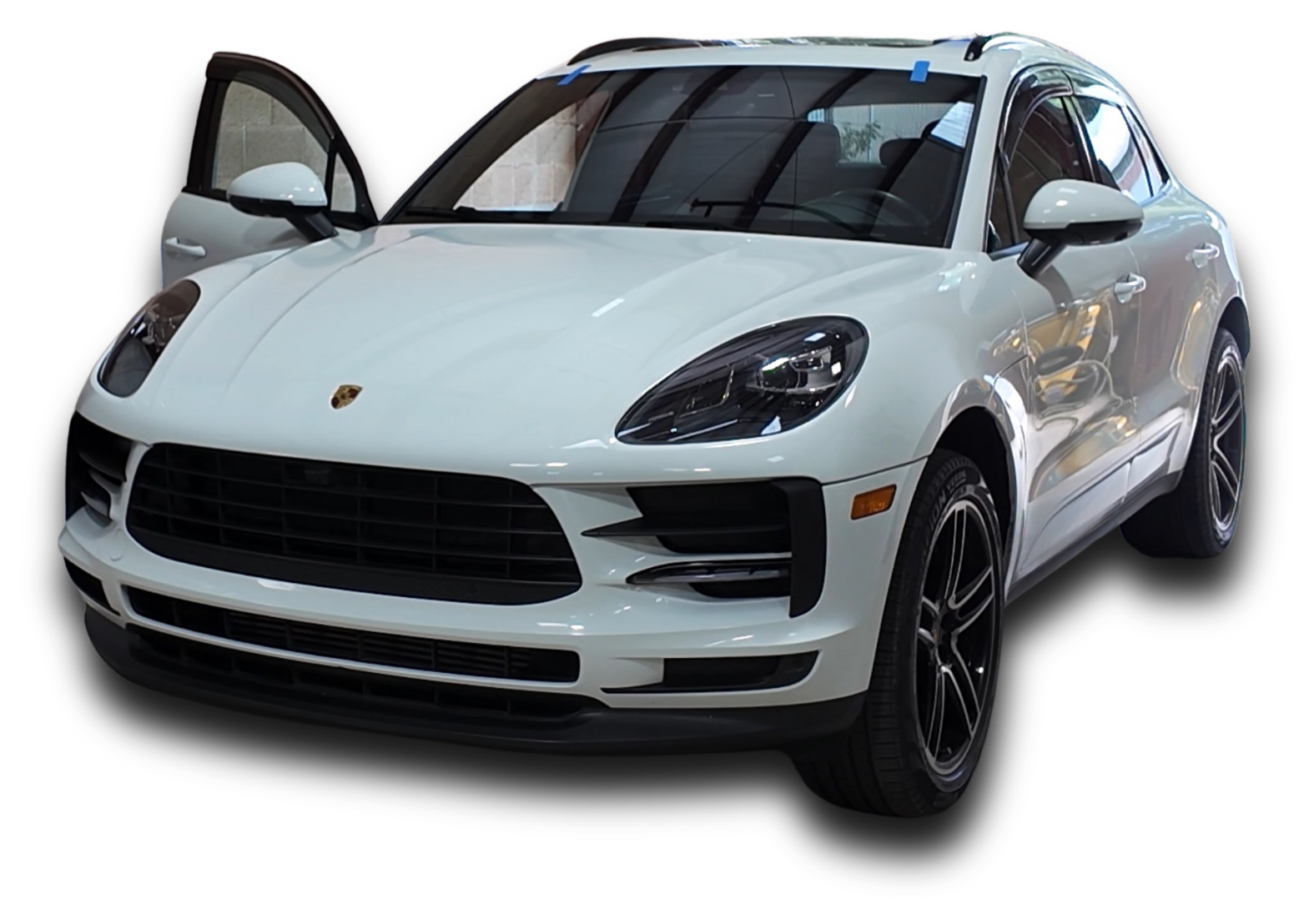Understanding Rain Sensors, HUDs, and ADAS in High-End Vehicles
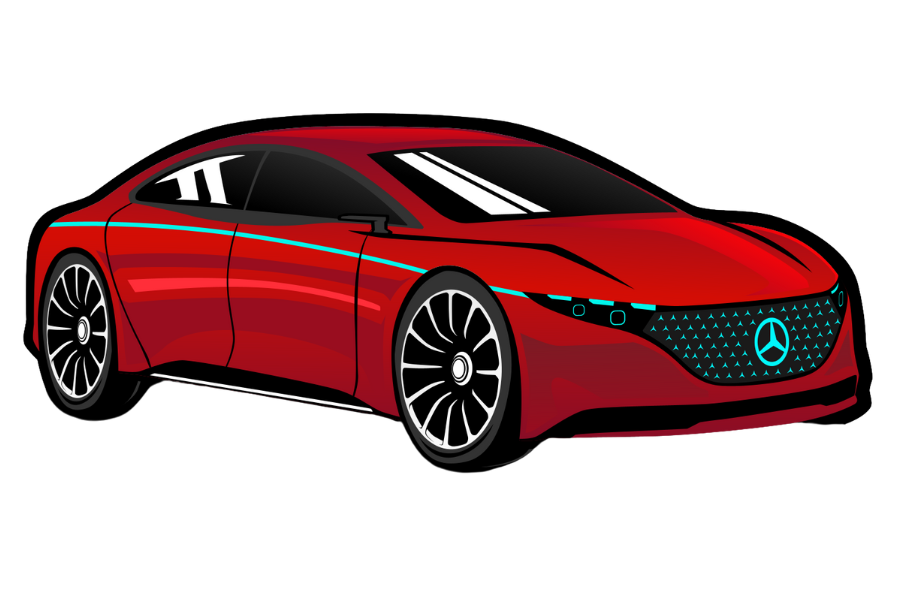
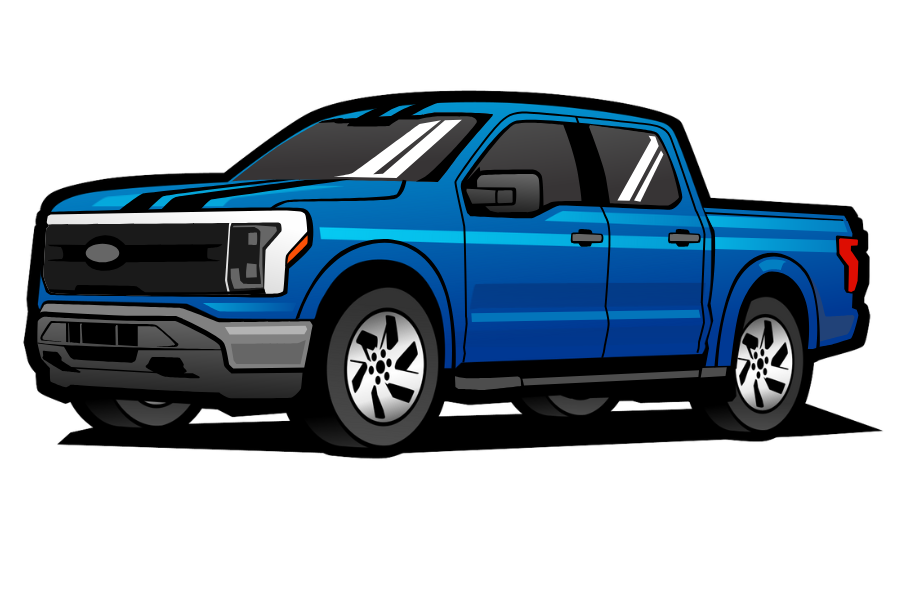
Exploring the Safety Tech Behind Today’s Luxury Vehicles
Modern high-end vehicles are a marvel of engineering and technological innovation. Among their many advanced features, rain sensors, head-up displays (HUDs), and advanced driver-assistance systems (ADAS) stand out as game changers for safety, convenience, and the overall driving experience. These technologies are transforming the way we interact with our vehicles and navigate the roads, offering drivers added layers of protection and ease of use.
Rain Sensors: Keeping Windscreens Clear with Automation
Rain sensors are a common feature in luxury vehicles, designed to enhance safety and convenience. Positioned discreetly on the windshield, these sensors detect moisture on the glass and automatically activate the windshield wipers. This eliminates the need for manual adjustments, ensuring clear visibility during inclement weather.
The sensor works by emitting infrared light onto the windshield. When raindrops hit the glass, they disrupt this light, causing a change in the reflection pattern. The system interprets this as rain and adjusts the wiper speed accordingly. This automation is beneficial during sudden downpours, allowing drivers to focus on the road rather than fiddling with controls.
Notably, rain sensors contribute to safer driving conditions by maintaining optimal visibility, particularly in unpredictable weather conditions. Maintenance typically involves ensuring the sensor is clean and free of obstructions. If repairs are needed, they should be handled by qualified technicians to preserve functionality.
Head-Up Displays (HUDs): Illuminating Crucial Information
Head-up displays are another hallmark of high-end vehicles. These systems display key information, such as speed, navigation directions, and traffic alerts. They project it directly onto the windshield within the driver’s line of sight. This design minimizes distractions by allowing drivers to access vital data without needing to glance away from the road.
Modern HUDs can be customized to display different kinds of information and are often adjustable in terms of height, brightness, and content. The projection is typically produced by a small, specialized screen integrated into the dashboard, with optics that reflect the image onto the windshield.
By unobtrusively providing information, HUDs enhance situational awareness, particularly during complex driving scenarios such as merging onto a highway or navigating unfamiliar routes. Maintaining the clarity and calibration of the display is essential for safety; therefore, if issues arise, professional calibration and repairs are recommended.
ADAS: Enhancing Safety and Convenience
Advanced driver-assistance systems (ADAS) encompass a broad range of safety features designed to prevent accidents and assist drivers in maintaining safe driving practices. These include adaptive cruise control, lane departure warning, automatic emergency braking, blind-spot detection, and parking assistance.
ADAS leverages sensors, cameras, radar, and lidar to monitor the vehicle’s surroundings. For instance, adaptive cruise control maintains a set speed while adjusting to traffic flow, reducing driver fatigue. Lane departure warning alerts the driver if they unintentionally drive out of their lane, helping prevent accidents caused by distraction or drowsiness.
These systems work seamlessly to create a safer, more relaxed driving experience. However, they are not infallible and require proper maintenance and calibration, particularly after collisions or repairs. Regular system checks ensure sensors and cameras function correctly, maintaining the integrity of safety features.
The High-End Vehicle Advantage
In high-end vehicles, these technologies often come integrated into comprehensive systems that interact to provide an intuitive and seamless driving experience. The integration of rain sensors, HUDs, and ADAS exemplifies the luxury and innovation that define premium automotive brands.
In particular, the advanced safety features found in these vehicles often result in better insurance incentives and increased peace of mind. For residents of no-deductible states like South Carolina, comprehensive insurance policies typically include protections such as no-deductible coverage for glass claims. This means that, in the event of windshield repairs or replacements, policyholders can benefit from straightforward claims processes, with fewer out-of-pocket expenses—or none at all—depending on the specifics of their policy.
Do You Have Windshield Damage in the Sierra Foothills or Truckee-Tahoe, CA Areas?
If you live in
Truckee,
Grass Valley, or
Colfax, CA, and your vehicle has
windshield or
auto glass damage,
contact us at Sierra Mobile Glass. Our certified auto glass technicians will quickly and efficiently restore the structural integrity of your car.
